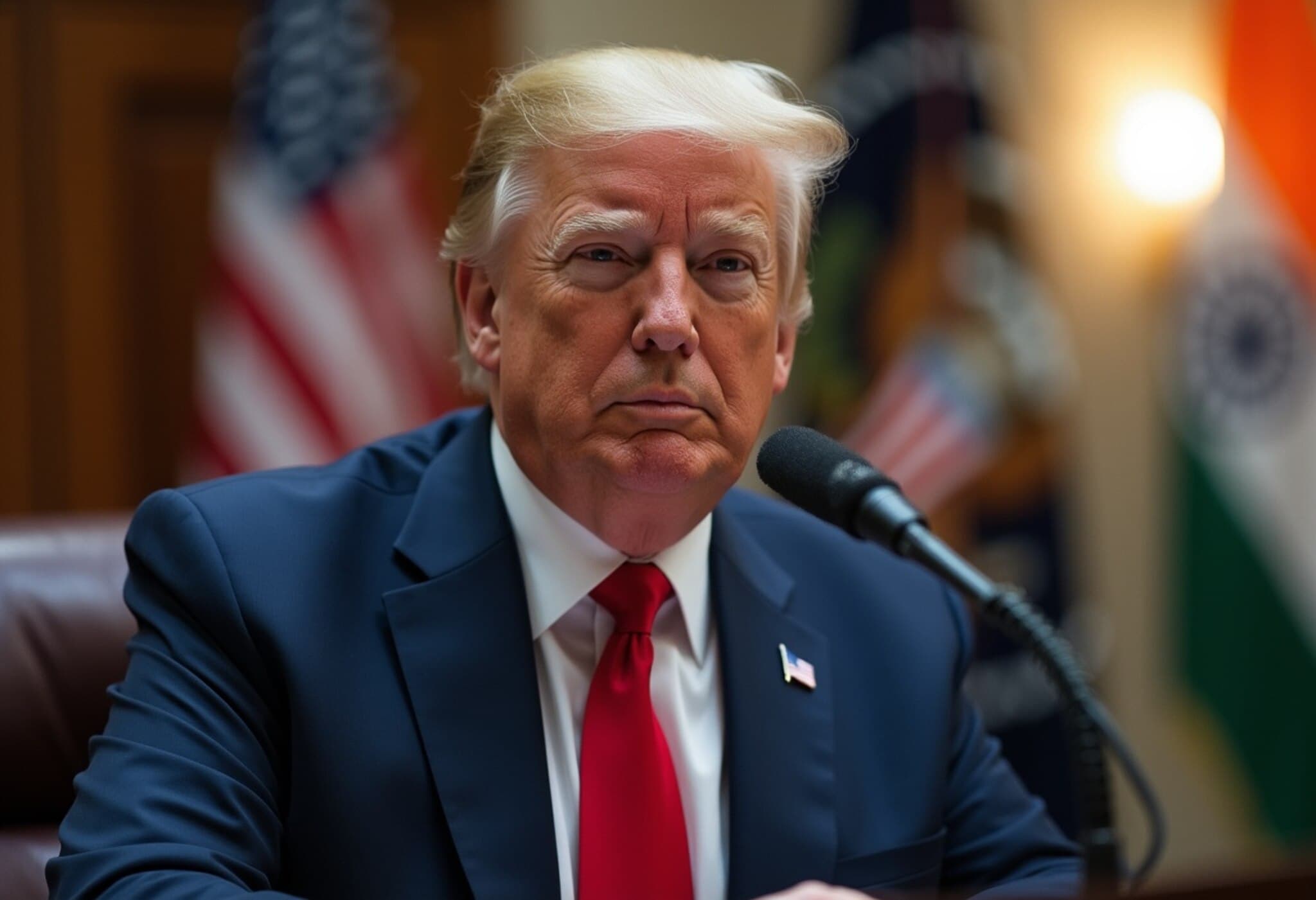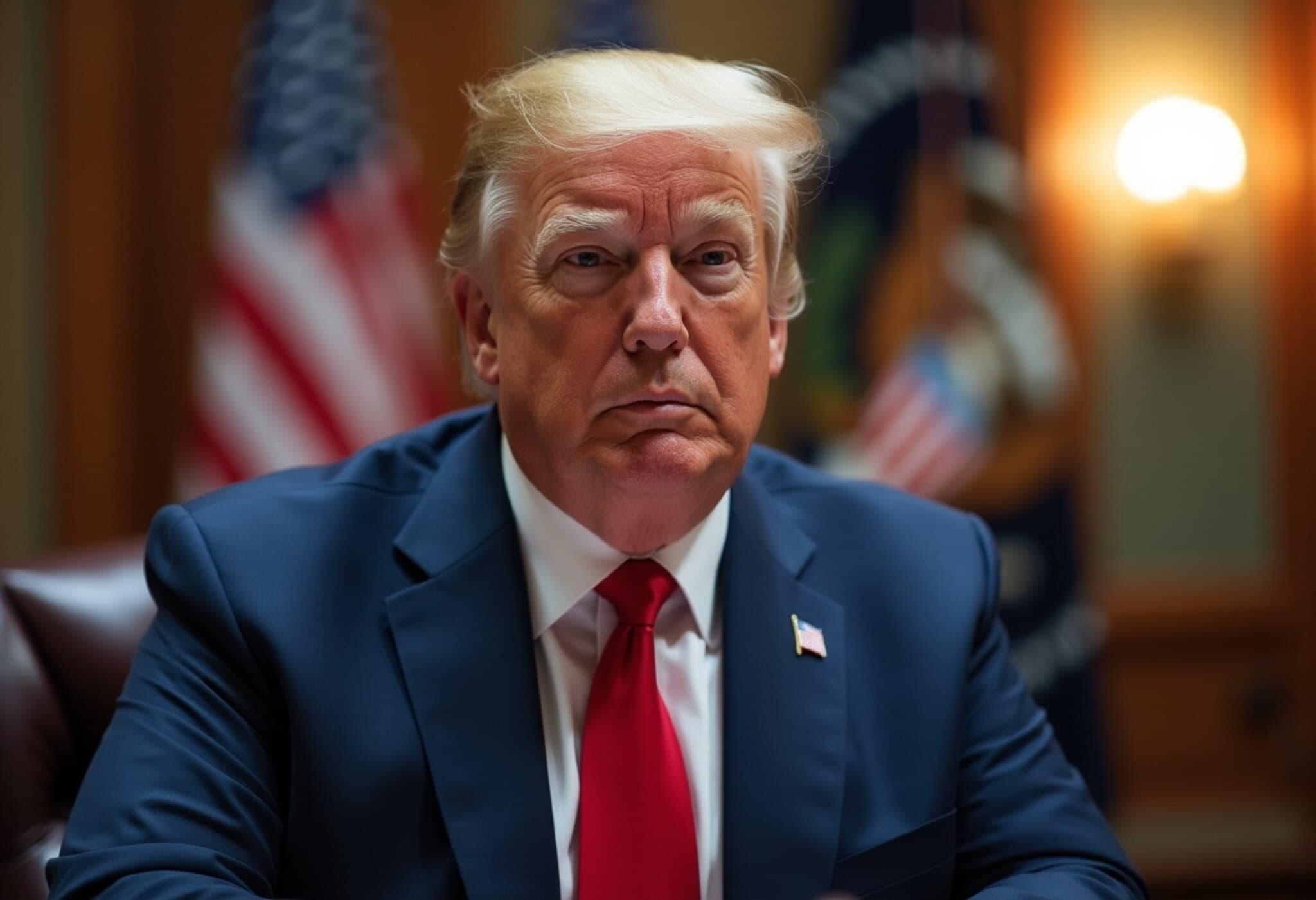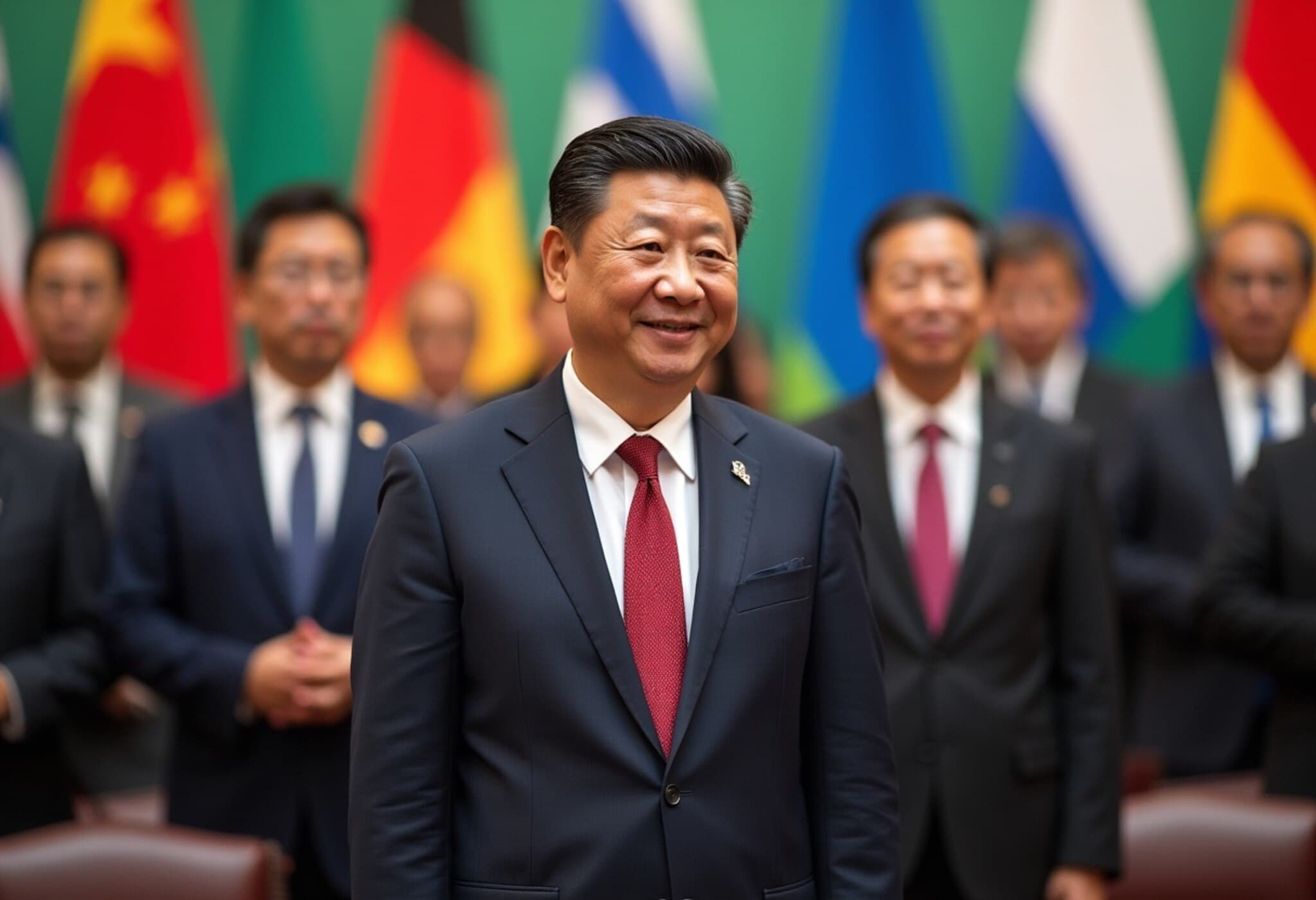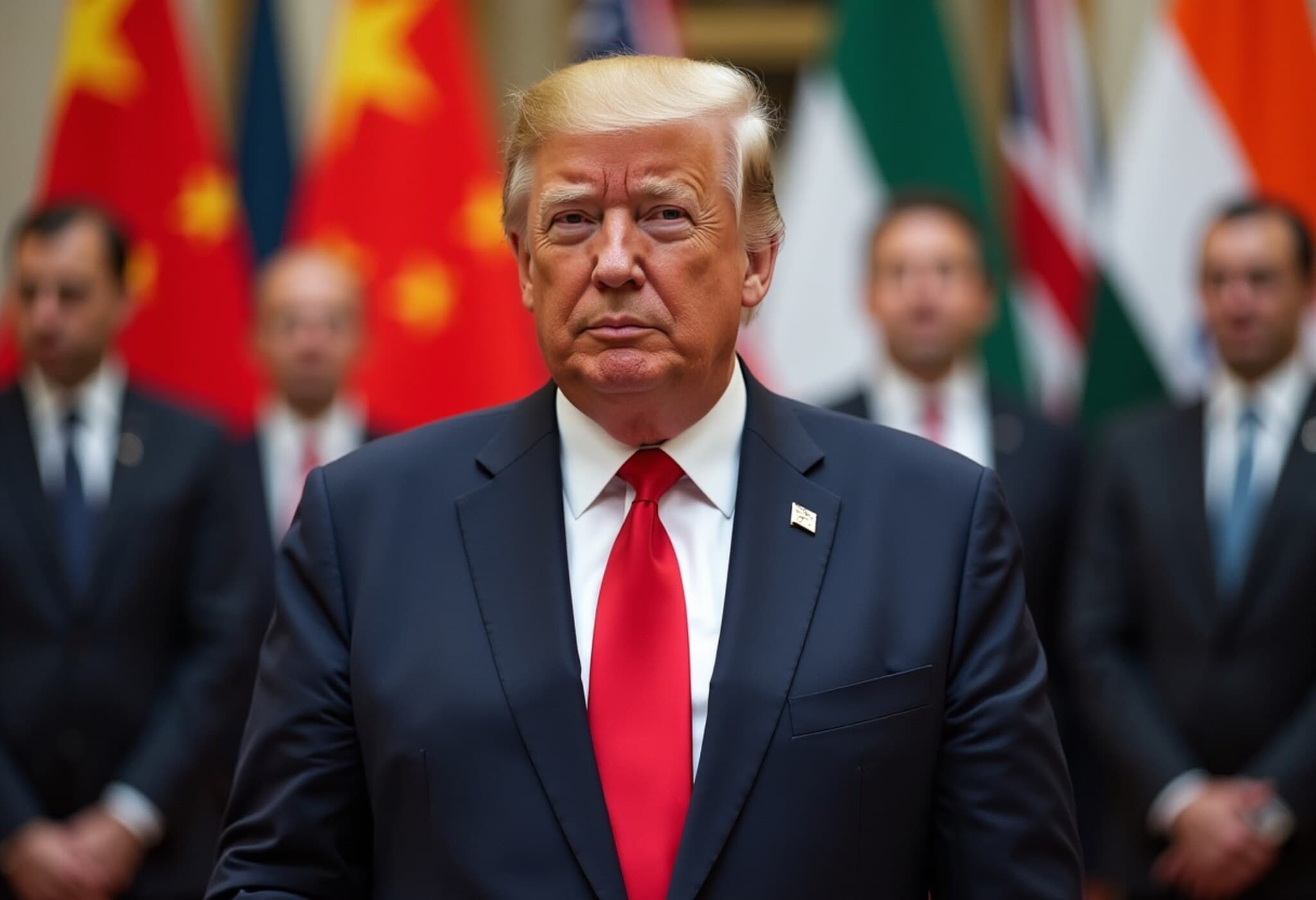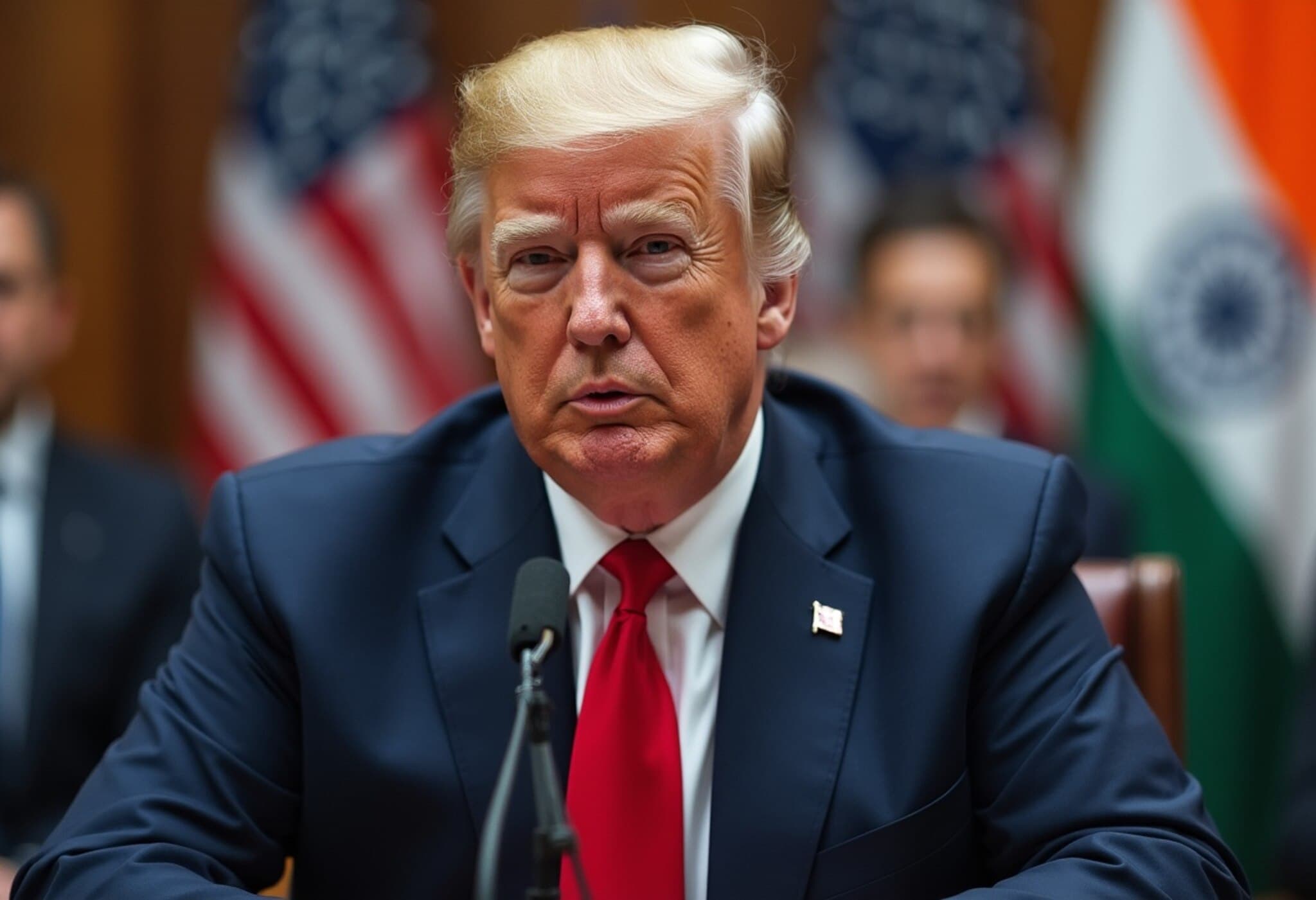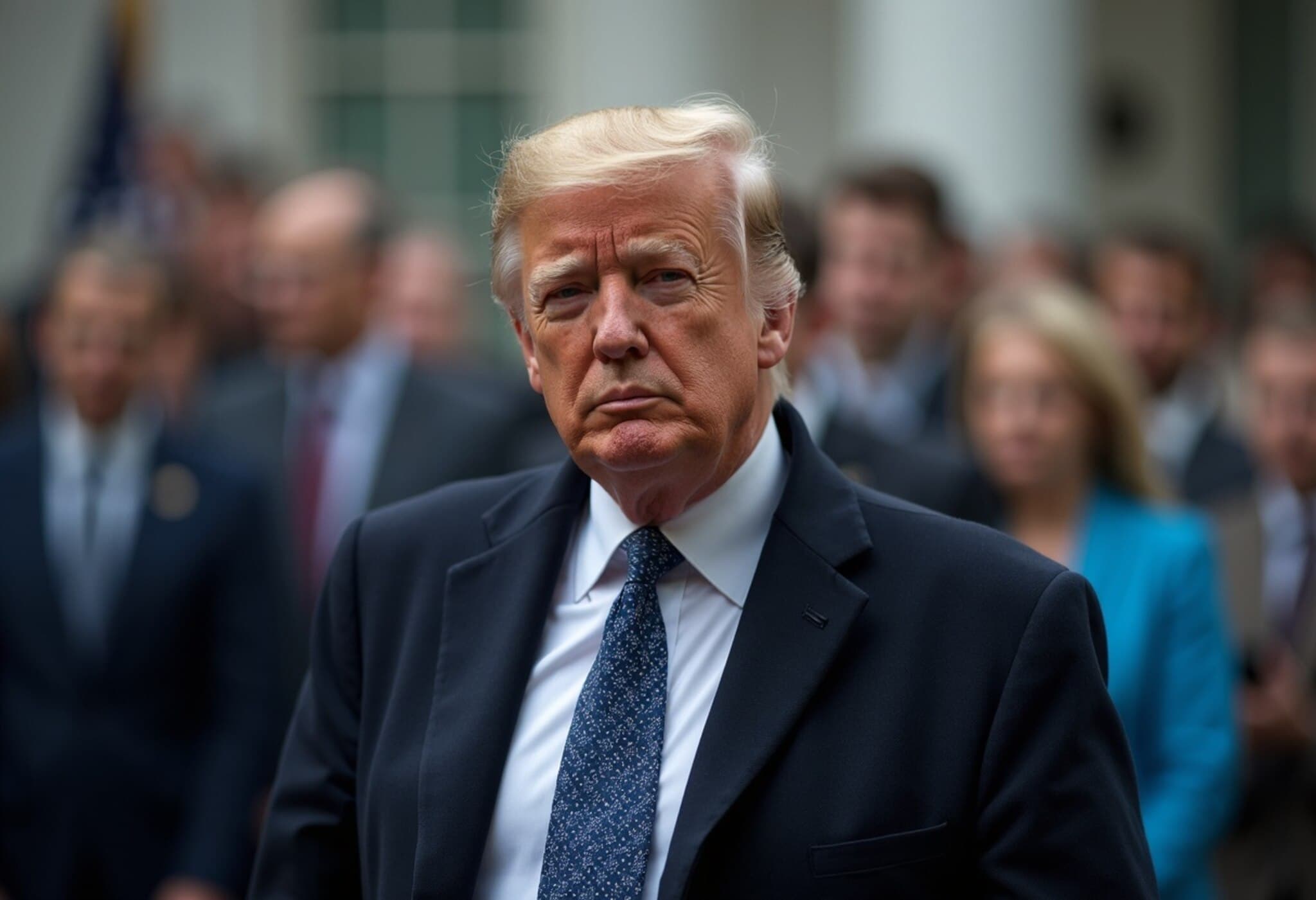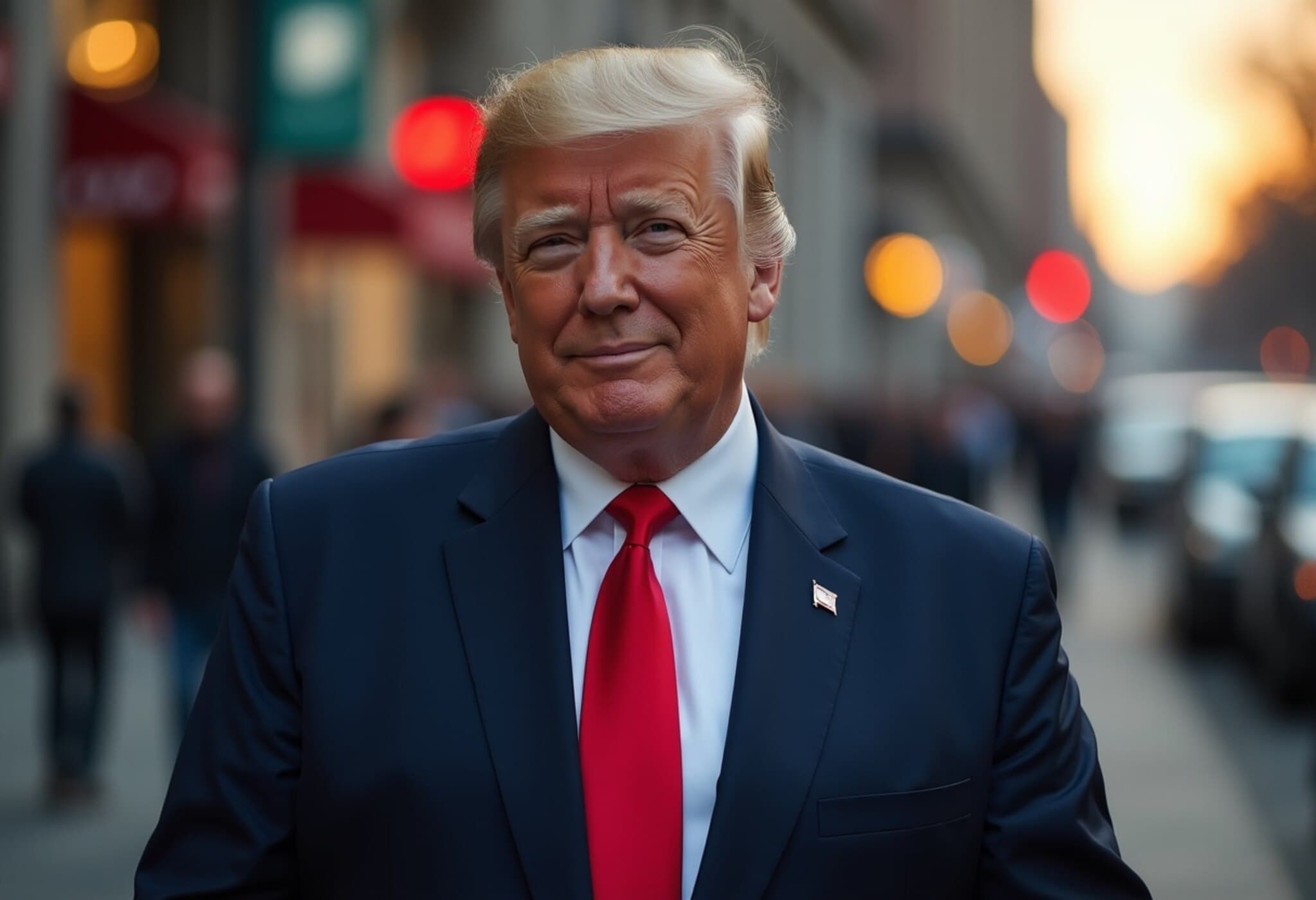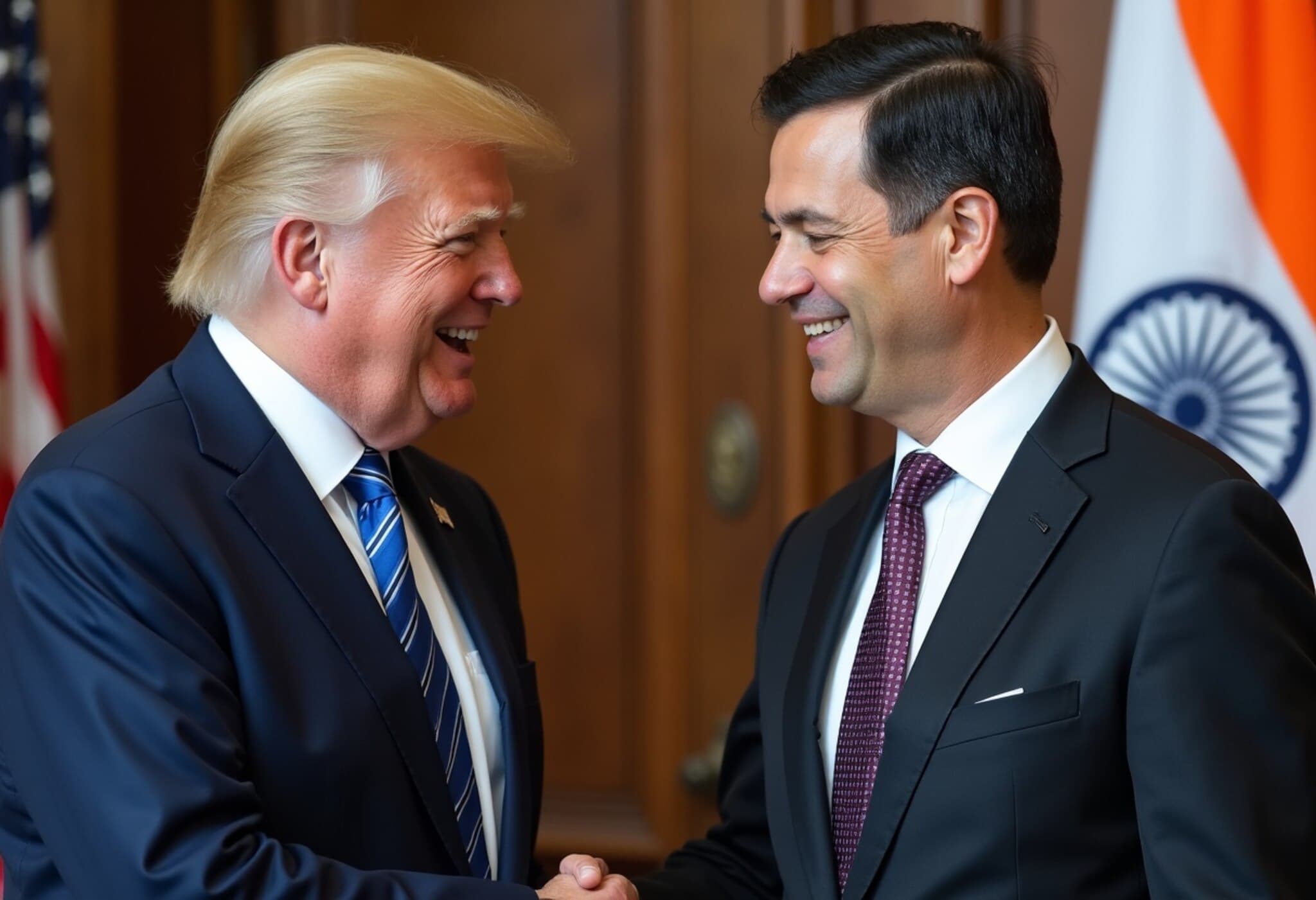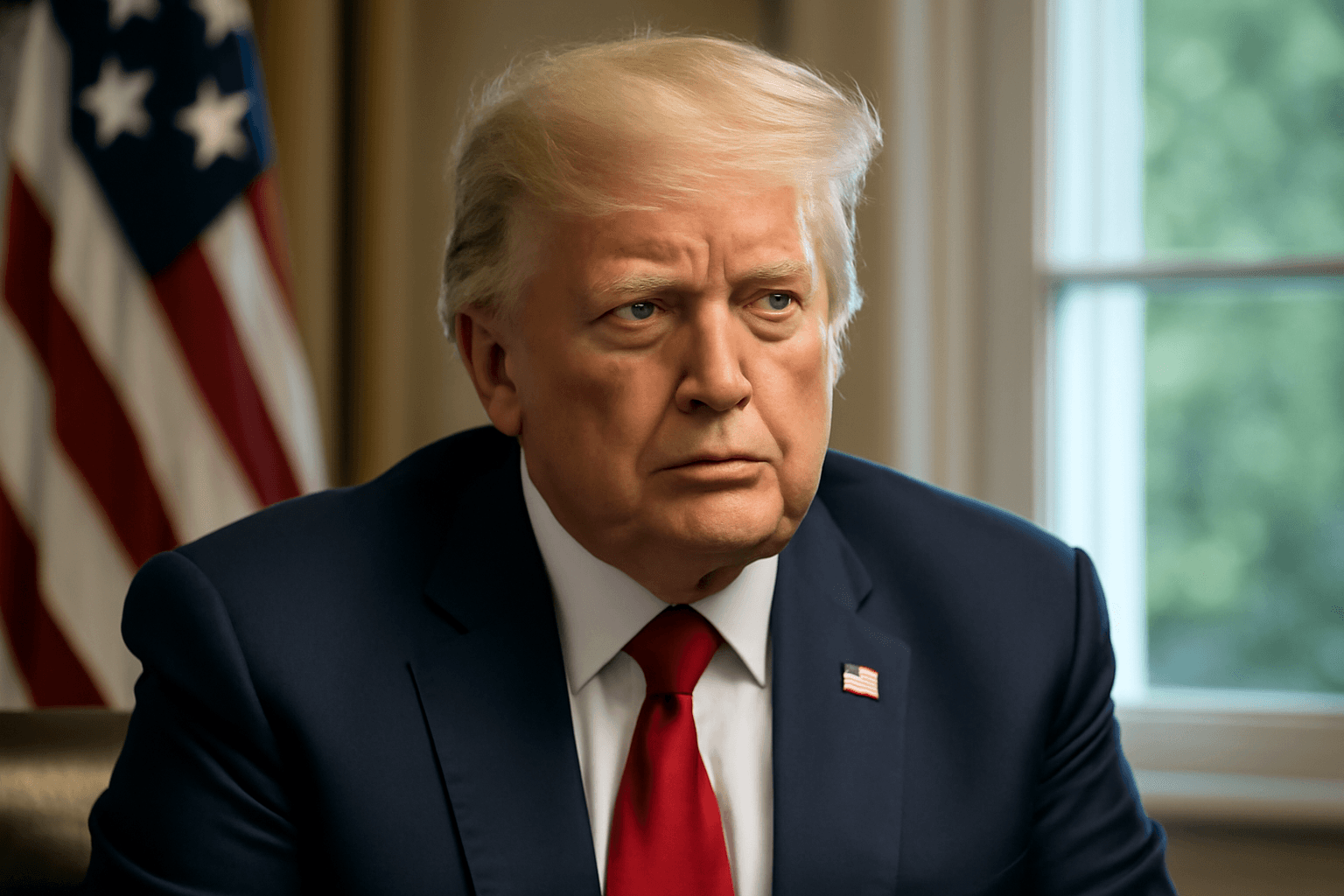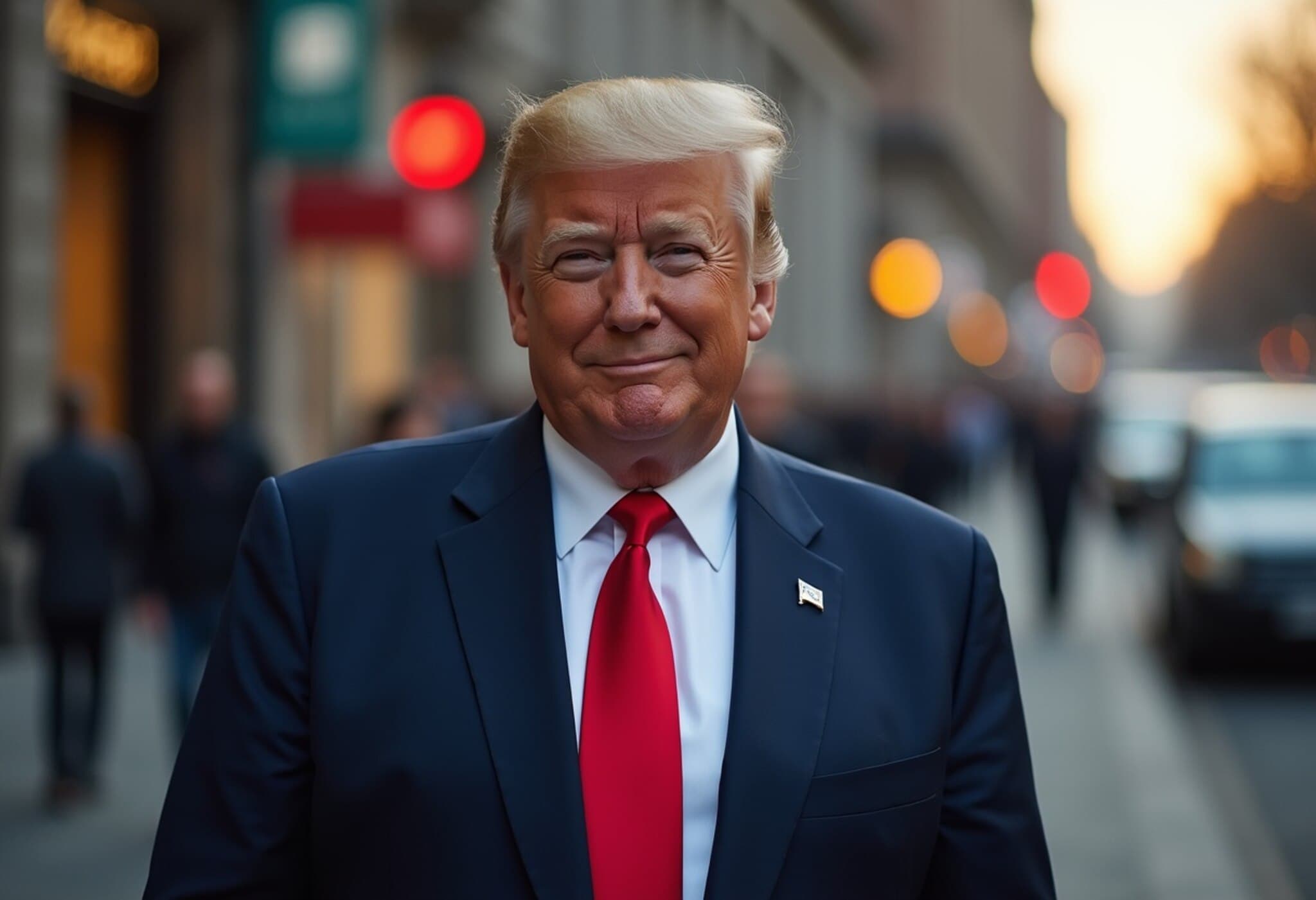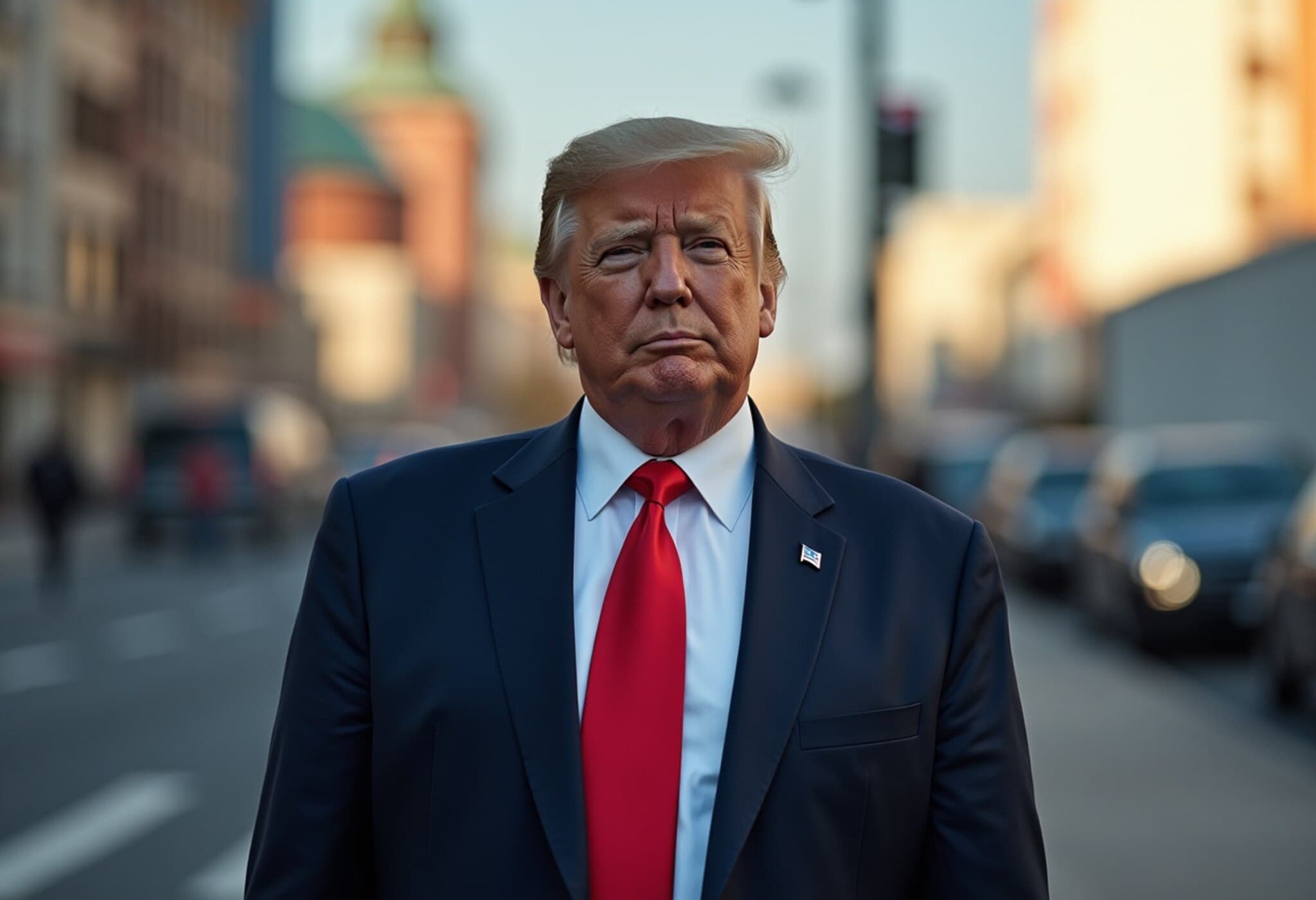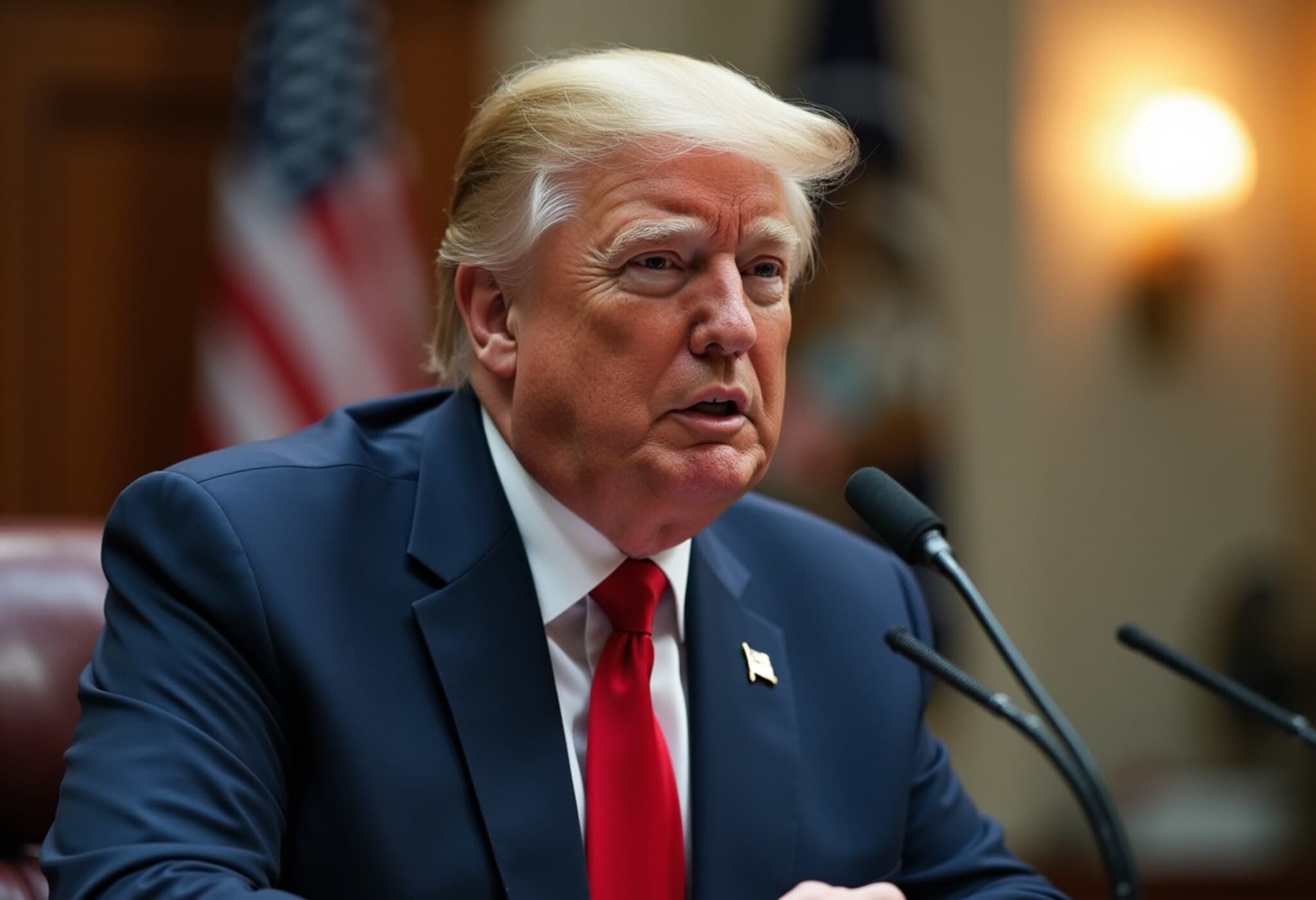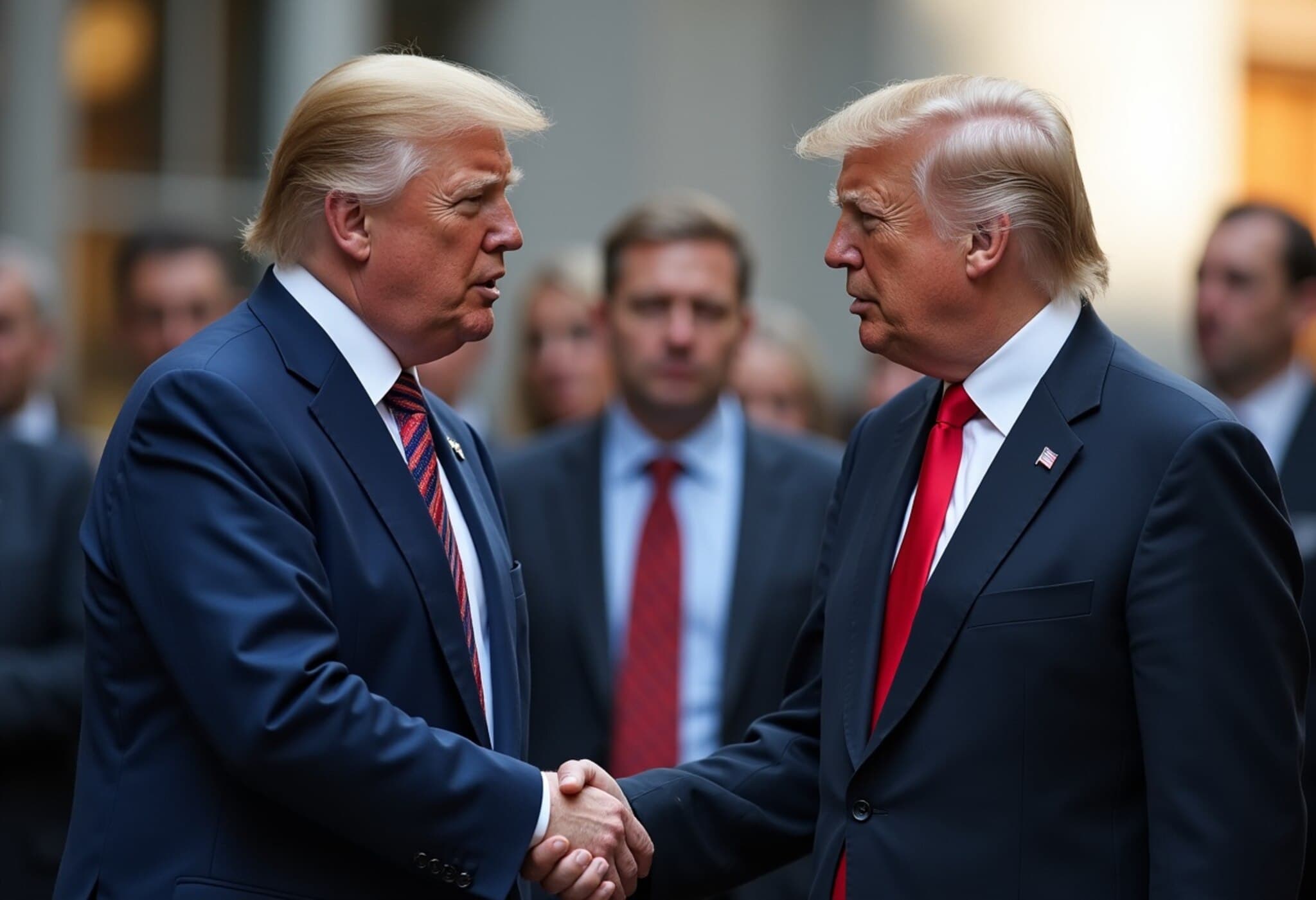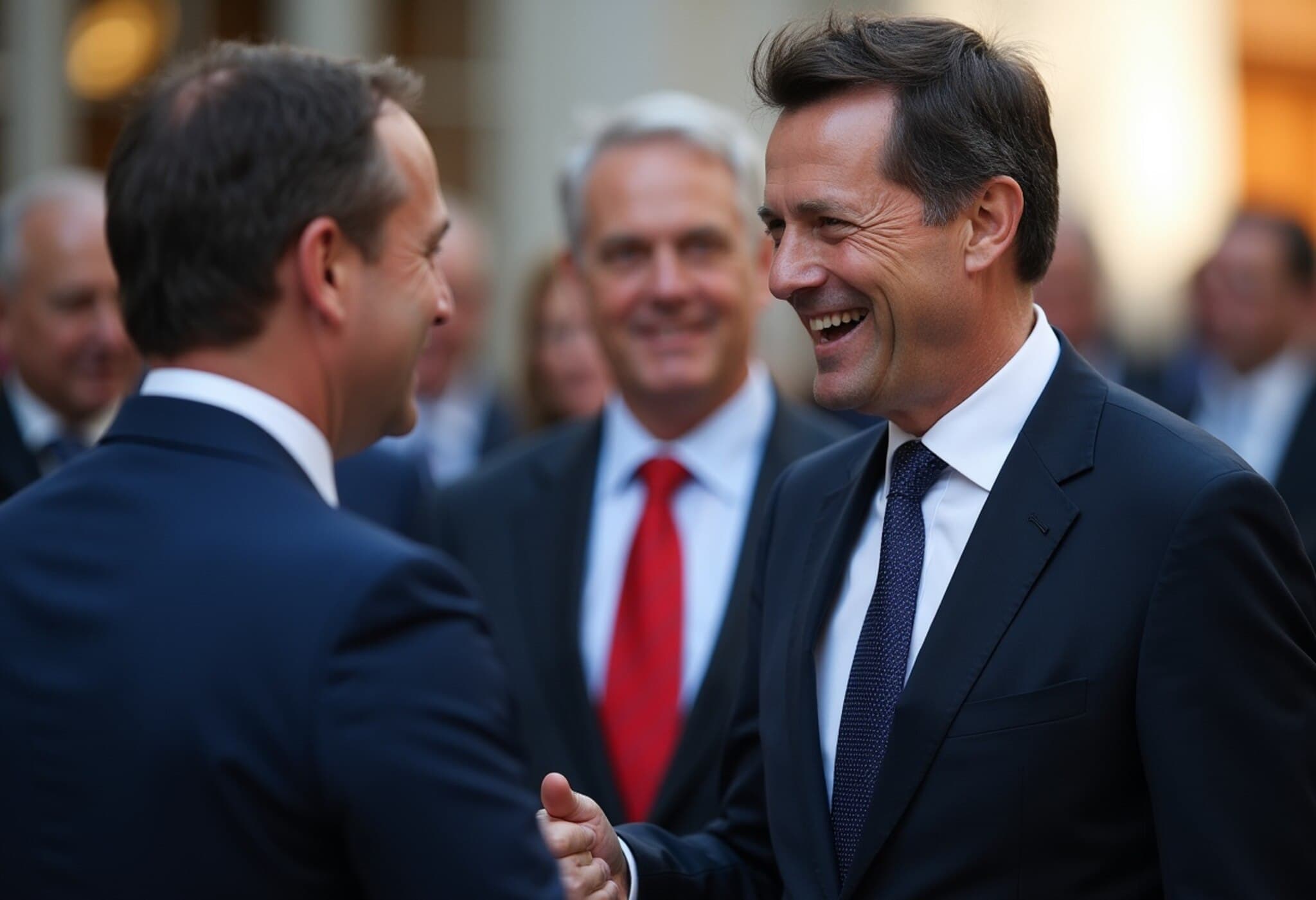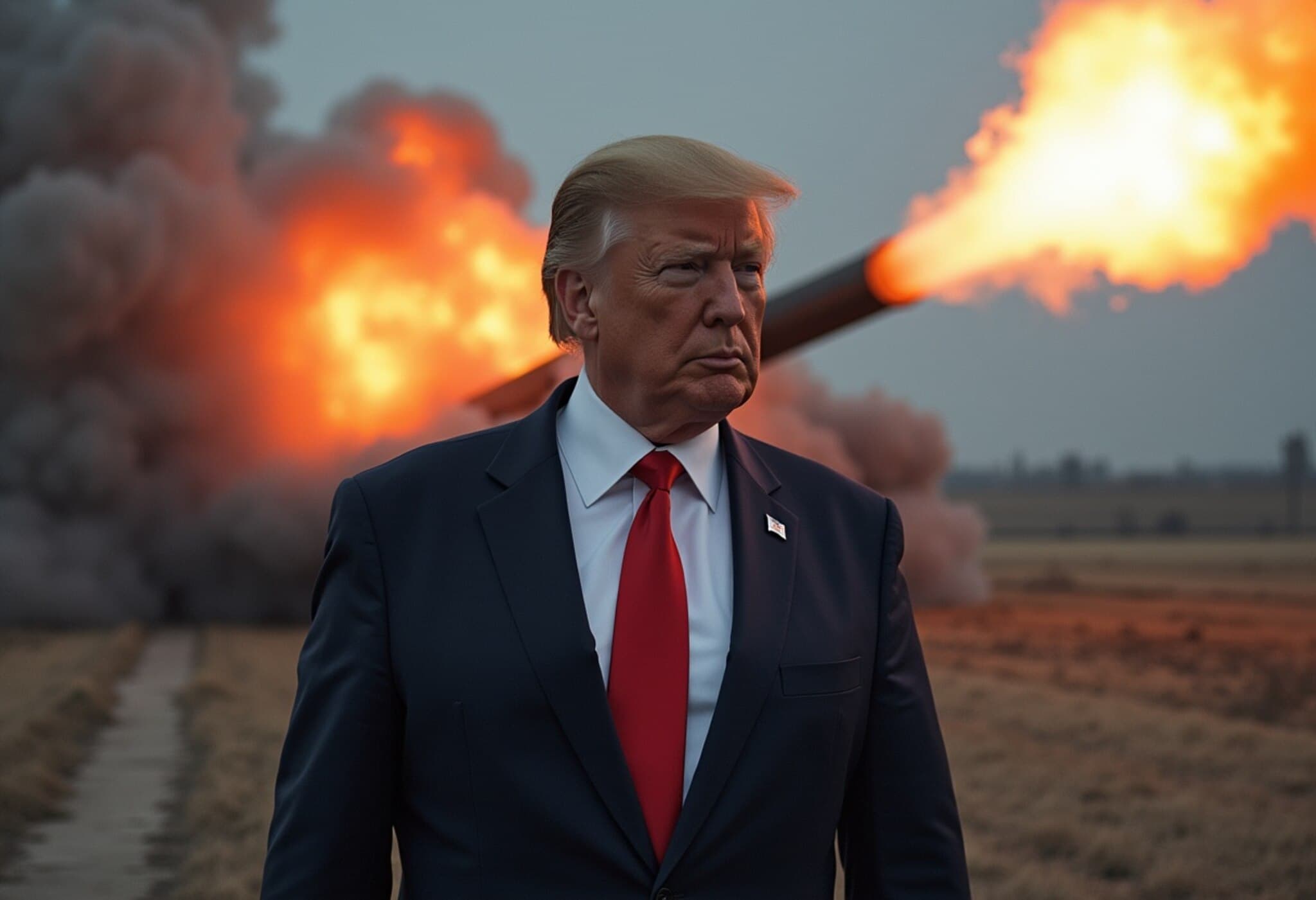Trump Warns of Increased Tariffs on India Amid Russian Oil Resale Allegations
In a striking escalation of trade tensions, former US President Donald Trump has threatened to substantially raise tariffs on Indian exports to the United States. This development stems from his accusation that India is not only purchasing vast quantities of discounted Russian oil but also reselling it for profit — a charge that risks undermining the already complex US-India relationship.
The Core of the Dispute: Russian Oil and Trade Demands
Trump’s remarks, posted on his social media platform Truth Social, sharply criticized India for what he perceives as disregard for the human cost of the war in Ukraine. “India doesn’t care how many people in Ukraine are being killed by the Russian War Machine,” he wrote, framing India’s actions as complicit in financing Russia’s military efforts. This allegation taps into broader concerns shared by some US officials and analysts who believe that by importing Russian hydrocarbons, countries like India and China are effectively bolstering the Russian war effort.
However, experts caution that these claims often overlook India’s extensive oil refining capabilities. India imports large volumes of Russian crude oil, which domestic refineries process into various petroleum products suitable for export, including to European markets. This trade practice complicates the narrative of simple profiteering, highlighting a sophisticated global energy supply chain rather than an overt attempt to circumvent sanctions.
Trade Deal Standoff and Historical Echoes
Adding fuel to the fire, Trump remains frustrated over India’s refusal to agree to US trade deal terms he deems favorable. His trade policy tactics, marked by aggressive tariff impositions, have historically aimed to leverage economic pressure to extract concessions — sometimes broadly criticized as coercive. The current dispute also resurrects memories of Cold War era tensions, particularly the 1971 Bangladesh Liberation War period when the Nixon administration took a hardline stance against India, supporting Pakistan with military displays such as dispatching the US Seventh Fleet to the Bay of Bengal.
Commentators have drawn parallels between Trump’s recent pro-Pakistan rhetoric and historical US policies that sought to tilt regional balances of power, underscoring a persistent pattern of American strategic maneuvering in South Asia.
Economic and Diplomatic Stakes for India
The ramifications of Trump’s tariff threat are far from trivial. Indian economists estimate the possible impact on its economic growth could range between a minor 0.2% to a more significant 2% decrease in GDP growth, currently estimated around 6.5%. This puts a harsh spotlight on India’s economic resilience amid global uncertainties and its delicate diplomatic balancing act.
India has maintained a firm stance about continuing its energy imports from Russia, emphasizing energy security and economic pragmatism. As the global community grapples with sanctions and supply chain disruptions triggered by the Ukraine conflict, New Delhi’s choices reflect nuanced priorities that do not easily align with Washington’s expectations.
Unaddressed Questions and Broader Implications
- How might escalating US tariffs influence India’s long-term trade strategies and partnerships?
- Could this dispute catalyze India’s efforts to diversify trade away from the US, especially toward other global powers?
- What are the broader geopolitical consequences of contrasting US and Indian approaches to the Russia-Ukraine war?
- How will this dynamic shape the future of energy markets, particularly with regard to sanctioned Russian oil?
These considerations underline the complexity of international trade intersecting with geopolitical conflict, where economic measures double as instruments of foreign policy.
Editor’s Note
Trump’s tariff threat against India exemplifies how trade disputes have evolved into broader geopolitical contests, where economic policies become proxies for strategic rivalry. While Washington seeks to pressure New Delhi into aligning with its Russia stance, India navigates its own path prioritizing energy security and growth. This impasse challenges traditional alliances and raises important questions about the future shape of global trade and diplomacy. As this situation unfolds, close attention to economic impact assessments and diplomatic dialogues will be crucial in anticipating the next chapter in US-India relations.

